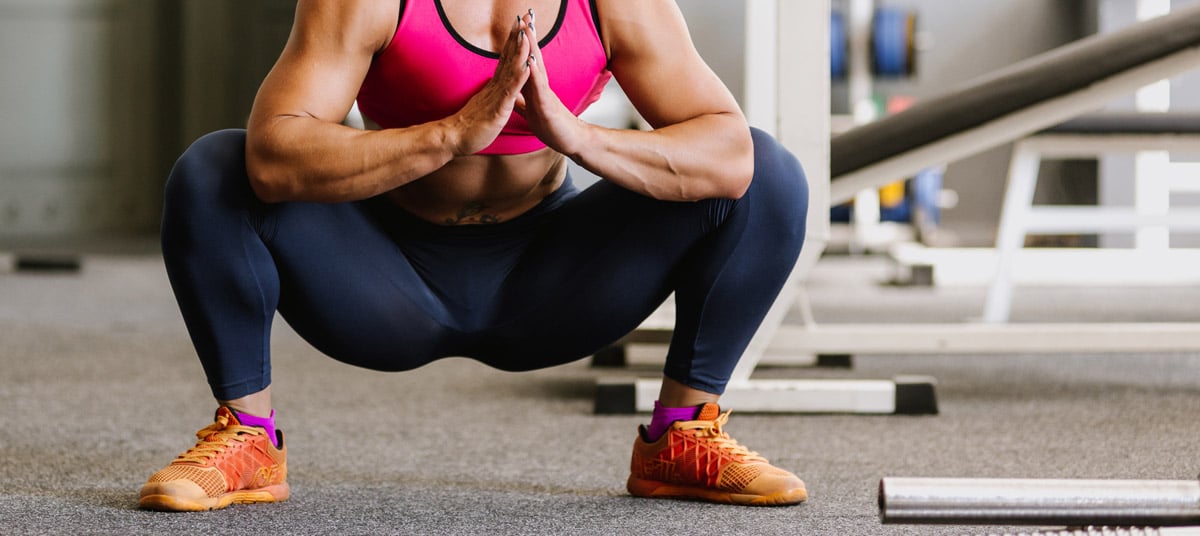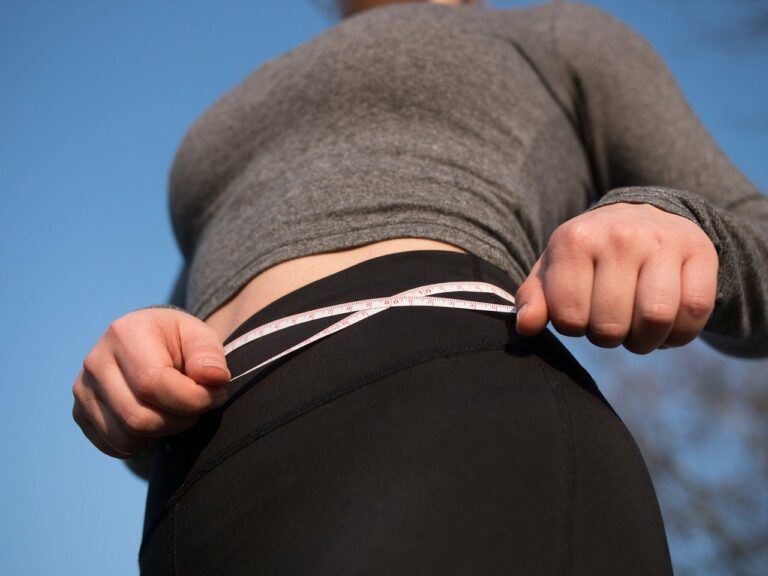After giving birth, most women start to think about their postpartum fitness. To be a new mom is to have your body change in many ways. You may not be able to see it, but the muscles that support your uterus are stretched and thinned from childbirth.
These muscles need time for recovery, so it’s important to do exercises that target them specifically. There are many exercises for your postpartum belly after childbirth. But what you really need is a complete plan. In this post, we provide 13 exercises that will help you work on your abs and get rid of any extra fat from pregnancy.
In This Article
- What are postpartum belly exercises?
- What Postpartum Tummy Exercise helps after childbirth?
- 1. Yoga
- 2. Sit-ups
- 3. Pelvic exercises
- 4. Walking
- 5. Stretching and twisting
- 6. Abdominal exercises
- 7. Pilates
- 8. Aerobics Training
- 9. Heel slides exercise
- 10. Postnatal exercises
- 11. Towel pulse exercise
- 12. Bridging exercise
- 13. Hip exercises
What are postpartum belly exercises?
Postpartum stomach exercises are a vital part of the recovery process after baby-making. These exercises will help you recover faster and have a flatter tummy sooner. After giving birth, women should wait for about six weeks before they begin exercising again. This time period allows the body to heal naturally as well as gives the new moms time to begin learning some of the parenting skills that she will need in the future.
When you begin exercising after giving birth, it’s important to start slowly and not push yourself beyond your limits. Your body has just gone through a major transformation and needs time to heal and adjust to the changes. By listening to your body and working out safely. You will give your body the best chance of recovering as quickly as possible so that you can get back to your normal life.
Postpartum growing belly exercises are specifically designed to help women recover from the damage that pregnancy can cause. As well as prepare a woman’s body for a subsequent pregnancy. The exercises will focus on strengthening and toning the pelvic floor muscles so that they return to their pre-pregnancy state. It is very important to exercise the perineum as these muscles will undergo a lot of stretching and tearing during childbirth. Most doctors recommend that women should wait until after their six-week checkup before beginning any fitness program, which includes postpartum stomach exercises.
What Postpartum Tummy Exercise helps after childbirth?
One of the most common post-birth problems faced by women is a misshapen abdomen. This is due to stretching and tearing. This area undergoes during childbirth and it results in flabby and saggy skin. And from preventing it below we will guide you through some postpartum weight loss exercises which are recommended by a physical therapist.
1. Yoga
This would be a good option to try in the initial stages. Yoga involves a lot of breathing and mind control exercises. Which can help in rejuvenating your body and make it strong enough for workout regimes. For pre-pregnancy weight, Yoga is an ideal option. There are so many specific exercises or asanas considered by a physical therapist. And this would be an effective option for postpartum weight loss exercise.
2. Sit-ups
Sit-ups are another form of exercise which is very efficient in getting your abs back muscles. It’s a specific ab exercise, not advisable for the first few weeks after delivery as it may cause discomfort to you. You can incorporate or deepest abdominal muscle exercises for postpartum tummy exercises by following the doctor’s advice. It is also good for stomach muscles or helpful in controlling weight gain during pregnancy.
3. Pelvic exercises
Pelvic muscles help support the uterus and pelvic floor muscles. Doing some exercises like:
- Pelvic toner: Squeeze your pelvic muscles together, as if you are trying to stop the flow of urine. Try and hold for 5 seconds and then release. You can do this exercise 3 times a day and try to extend it up to 8 seconds as you get better at it.
- Pelvic floor lift: Squeeze the muscles together and hold for a count of 3, relax for a second and then repeat it again 10 times. And slowly lift to the floor slightly and exhale slowly at the same time.
- Pelvic tilt: Pelvic tilt lie on your back and slowly move the pelvis from side to side as if you are fanning yourself with a piece of paper. Do 10 pelvic tilts daily for 3 weeks it helps you to loose skin on your belly.
- Pelvic clock exercises: These are done with your knees slightly bent. Inhale as you contract your pelvis from 12 to 6, exhale as you release contraction from 6 to 12. Do this 3 times a day to tone your pelvic muscles and also reduce backache.
- Kegel exercises: These help in toning the vaginal area and also help bring elasticity to the skin. To do these exercises all you need to do is tighten your pelvic muscles which are the same ones you contract while stopping urination. Continue to hold your muscles contracted for a second and then release them. Repeat this at least 10 times twice every day.
4. Walking
As well as walking helps you to burn calories. It is the best exercise to improve circulation and also helps in belly button weight loss. Walking is one of the best exercises to lose weight and tone your body. It helps in toning the pelvic muscles, strengthening them while also helping them gain some elasticity back. All you have to do is walk for 45 minutes daily at a brisk pace.
5. Stretching and twisting
This exercise is good for increasing the flexibility of your abdominal muscles. Lie on your back with bent knees and hold the bottoms of both feet together, allowing your knees bent to fall in opposite directions. Stretching and twisting are helpful for expectant mothers to give a better pre-pregnancy shape of the body. Slowly twist one leg at a time towards the floor while simultaneously attempting to lift your shoulder blades off the floor. Try doing it 20 times per day to reduce the appearance of stretch marks.
6. Abdominal exercises
As the uterus shrinks in size, your abdominal muscles will also start to return to their normal tone. So, what you can do is
- Inclined plane: Lie on your back with knees bent and arms by your side, palms facing down. Keep your knees together and raise the pelvis slightly from the bed with a straight back and neck. Now try to slowly roll up in a forward motion without bending your knee or raising your bottom in the air. Go as far as you can, then return to the starting position.
- Plank: Lie on your belly with arms straight and palms resting on the floor at shoulder height. Keep your legs together, or an opposite leg crossed and toes tucked under. Tighten your abdominal muscles by pulling the belly button into the spine and holding it there. At first, you should do this exercise for 15 seconds at a time. As your strength improves, you can increase the count to 30 seconds or even more.
- Abdominal toner: Lie down on your back with knees bent and arms by your side, palms facing down. Keep your leg parallel and raise the pelvis slowly lower from the bed with a straight back. Now try to tighten your abdominal muscles by pulling in or holding your belly button towards your spine. Hold it for 3 seconds, relax, and repeat the following exercises 15 times.
- Abdominal muscles: These are basically exercises aimed at helping you strengthen your pelvic muscles which will help with the tightening of the abdomen.
- Abdominal lift: Lie down on your back with knees bent and arms by your side, palms facing down. Keep your back and neck straight and raise your head slightly off the floor by tightening your abdominal muscles. Try to hold this position for 15 seconds, relax, and repeat it.
7. Pilates
This is an exercise that should be done after about 8 weeks of giving birth. This is a great way to tone your abdomen and even helps regain the strength lost during childbirth. Pilates is a workout regimen that promotes core strength and is very effective in getting your abdominal muscles toned. Try and include Pilates in your weekly workout routine.
According to academic research institutions, it also helps Diastasis Recti in the early postpartum period. Diastasis Recti is a condition that causes the abdomen to appear indented in the middle, instead of being firm and flat tummy. Generally, Diastasis Recti is a condition that usually affects women during the post-pregnancy body.
8. Aerobics Training
Aerobic exercise helps build muscle strength and tones your body. Staying active during the postpartum belly period also speeds up your metabolism. Which helps you lose postpartum belly weight faster. A simple way to add exercise into your day is by taking the stairs instead of the elevator when you can. Moreover, aerobic exercises like swimming and running also help reduce stress levels.
9. Heel slides exercise
This is a simple exercise that helps get rid of the fat around your lower abdomen. You can do this by lying flat on the mat back with your knees bent and feet flat together against the floor. Keep your arms out to either side, keeping elbows unlocked so they are resting on the floor. Slowly slide your heels up towards your hips, while breathing in slowly. Slide them back down and exhale while you do this.
10. Postnatal exercises
These are exercises that should be done about 8-12 weeks after childbirth. This is because this period marks the transition phase when the body starts to recover from the effects of pregnancy and childbirth. Include pelvic floor exercises in your daily routine. This type of exercise will help post-baby belly mothers. These will help tone your muscles, reduce stress incontinence and also encourage blood flow to the pelvic area.
11. Towel pulse exercise
Towel pulse is a great postpartum tummy exercise that helps strengthen your lower back too. You need to practice this exercise for 15 minutes twice daily. All you need to do is lie on your left side and put a towel under your head. Now, stretch out the right arm over your head and hold one end of the towel with your right arm. For reducing pre-pregnancy weight these abdominal exercises are also helpful to connective tissue. It is also obliging to control the pre-pregnancy size of belly.
12. Bridging exercise
This is a good exercise for strengthening your abdomen or back muscles. It can also help strengthen your pelvic muscles and connective tissue. To do this, lie flat on the mat with arms to either side as you keep your knees bent and feet flat together. Inhale as you raise the hips off the ground towards the ceiling as far as they will go without dropping them back to the floor. Relax for a moment and repeat.
13. Hip exercises
Strengthening your hips and muscles can help you regain control of your bladder, improve sexual function and posture after childbirth. One simple way to work your hips is by lying on your side and doing pelvic tilts. You can also do this move while standing. If you’re looking for an advanced version of the exercise, try lifting one leg up in front of you while bringing it back down; then switch to the other leg and repeat the movement.
Tips when exercising post-pregnancy!!
Here are the tips you should consider when you do postpartum exercising after birth and they are:
- Don’t lose your confidence because you think that you are fat now, don’t depend on the weight to determine if your post-pregnancy exercises are successful or not.
- Make sure that the doctor has given you permission to start exercising again.
- Keep in mind that it is not healthy to start doing intense exercises or anything else the day after delivery. But the mother should be eating healthily foods after your delivery.
- Start small, take a few walks, and make sure you drink a lot of water when doing any kind of exercise after the baby has been born.
- Avoid common mistakes when exercising post-pregnancy such as wearing high heels, not warming up properly before starting position, or not protecting yourself from the sun with an umbrella or hat.
- Be sure to let your body recover from giving birth before starting any kind of physical activity.
- Start with a comfortable pace, and try not to do any intense exercises one week after you have given birth because the abdominal area needs time to recover from surgery.
The conclusion!!
However, exercise is essential for your postpartum belly. Exercising after childbirth helps with the healing process, improves moods, and relieves back pain. The postpartum belly is an area that needs some TLC after childbirth. There are 13 exercises you can do to help tone your stomach and get stronger for the next time around. These moves are easy, effective, and safe for new mothers who want to regain their pre-pregnancy body as soon as possible. We hope this article was helpful in guiding you through these important abdominal exercises. If you have any questions regarding the above context so just contact us through a comment section below.










![Home Renovation Guide [2025]](/app/uploads/2021/04/design-hacks-1-378x300.jpg)
